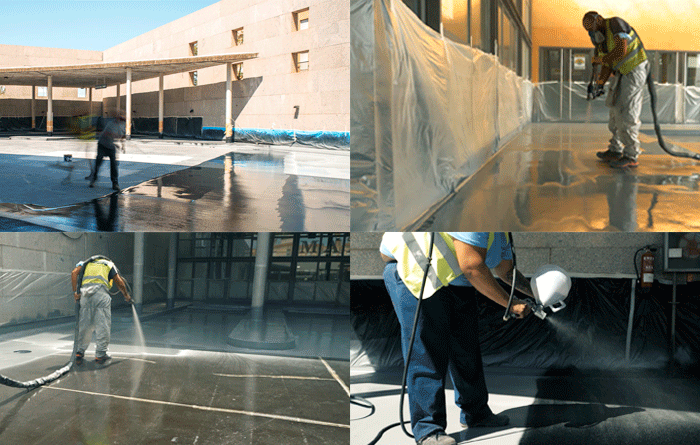Cercadilla is an important archaeological site located in the city of Cordoba, Spain. This site is located in the heart of the city, beneath the Cordoba bus station. Cercadilla was discovered in 1970 during the construction of the bus station. Since then, numerous archaeological excavations have been carried out, which have allowed for the discovery of important vestiges from the Roman and Visigothic periods.
Cercadilla has an extensive system of galleries, rooms, and cisterns that showcase the complexity and richness of Roman architecture in the city. In addition, various objects such as coins, ceramics, and other artifacts have been found in the site, which help to understand the daily life of the inhabitants of the time.
The fact that Cercadilla is located beneath the Cordoba bus station represents a great challenge for archaeologists working on the site, but also poses a risk to its own conservation. Therefore, waterproofing of the bus station is necessary to protect this important archaeological site from water damage and ensure its preservation for future generations.

Water and motor oils, a risk to the conservation of the site.
In order to protect the archaeological site from damages caused by water and other liquids, it has been necessary to waterproof the bus traffic area of the station. Water and moisture can cause serious conservation problems to archaeological materials, such as metal corrosion, wood decomposition, or degradation of stone materials. In addition, water can also cause soil erosion and the formation of cracks, which could endanger the integrity of the site.
The waterproofing and protection Works
For the waterproofing of the traffic area, the technical team has chosen a high-performance waterproofing system using high-quality waterproof materials that ensure long-lasting protection of the archaeological site.
In this specific case, the TECNOCOAT waterproofing system based on pure polyurea has been used, an extremely resistant elastomer that allows protecting and waterproofing the entire parking and bus lane area, as well as having sufficient resistance and adherence to withstand the continuous transit and rolling of these vehicles.
You can watch a summary of the process in the following video:
Used system
In this project, the TECNOCOAT system employed consisted of the following layers:
- Preparation of support and singular points.
- Preparation and waterproofing of expansion joints and structural joints.
- Priming layer with PRIMER Pu-1050 in dry areas and PRIMER WET in wet areas.
- Waterproofing layer with TECNOCOAT P-2049 Polyurea.
- UV protection layer with TECNOTOP 2C Black.
- Anti-slip layer with a sprinkling of silica sand.
- Finishing layer with TECNOTOP 2C Black + road markings.

The TECNOCOAT P-2049 system guarantees the protection of the archaeological site while maintaining the activity of the bus station.






